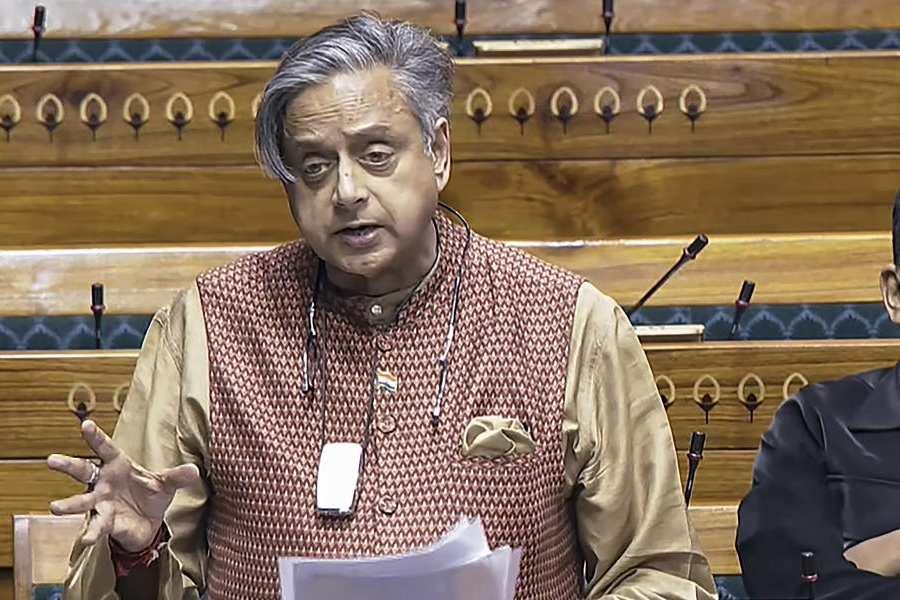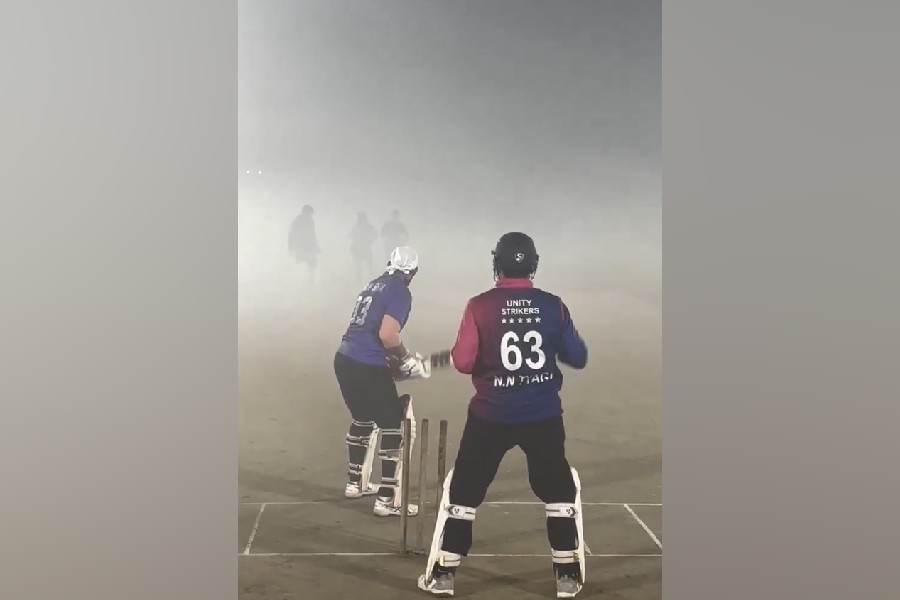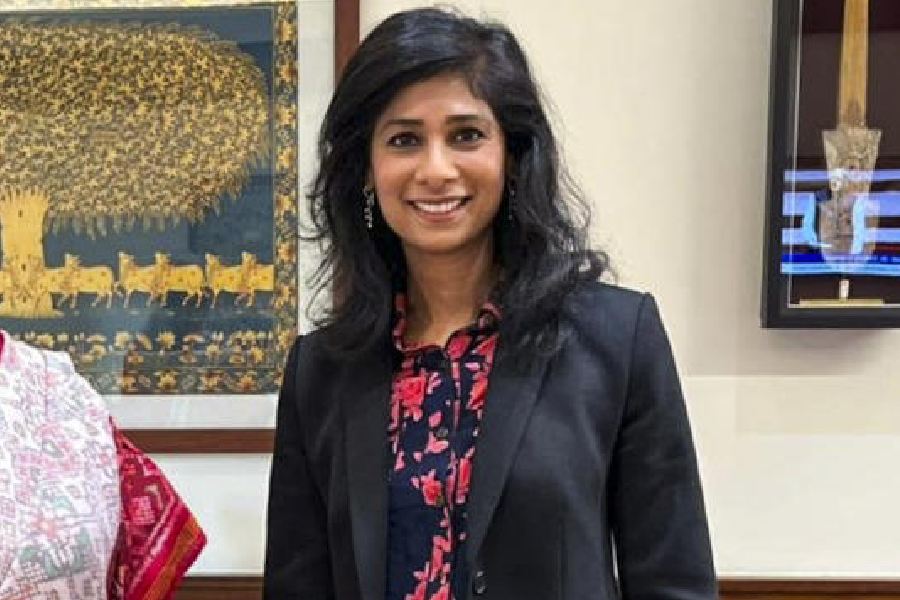 |
 |
| The Dalrymples, William, his wife Olivia Fraser and their children, are very much at home in India |
It’s not often that the characters of your book drop by to perform at your book reading session. It’s also not routine for them to live in a tent pitched in your backyard, or sing for you around wintry bonfires or to cook your supper. But if you are William Dalrymple, then it might just happen.
So, the launch of his newest book, Nine Lives In Search of the Sacred in Modern India (Bloomsbury-Penguin), saw robust performances by artists on whose lives some of the stories in the book are based (even Dalrymple couldn’t resist a jig). Leading the Theyyam troupe from Kerala was Hari Das, otherwise a prison warder who transforms into a dancer for two months in a year, and there was Paban Das Baul, who led the Baul singers from Bengal.
Sitting in his Mehrauli farmhouse post a scintillating launch, and at the very table at which Nine Lives was written, Dalrymple says: “Each life represents a different form of devotion, and a different religious path. The common thread is how diverse forms of Indian spirituality are changing in a modern world.’’ The book is a collection of non-fiction short stories for which interviews took place in eight different languages through interpreters.
If Dalrymple spent some 10 years researching in musty archives for his last two books — White Mughals and The Last Mughal — this book is more about personal experiences rather than library research. “Yes, it was good to be out of the archives,’’ he chuckles.
Dalrymple obviously loves the outdoorsy life, so he lives with his artist wife Olivia Fraser and three children on a farm that is alive with scurrying chickens, goats, a talking cockatoo, a pair of vibrant lovebirds and of course, dogs. The Dalrymples even grow their own veggies. “I love being in a rural environment. India is where I made my life,” he says with an air of finality.
 |
 |
| The launch of Nine Lives In Search of the Sacred in Modern India saw performances by artists on whose lives some of the stories are based. (top) Theyyam dancer Hari Das; (below) Baul singer Paban Das Baul |
And he’s very much at home in this country. “I have a lot of readers here now and my books have sold well. And I was even considered Indian enough to win the Crossword award,” he says, referring to the Crossword Book Award for English non-fiction that he bagged in 2007 for The Last Mughal.
He has lived in India for the past 25 years, his children study in Delhi’s British School and his wife has made a name as a painter in the active art scene in Delhi. So, no wonder Dalrymple has rooted his writings in the country he loves.
With Nine Lives, he’s made a comeback of sorts to travel writing which first made him famous. In Xanadu, published when he was 22, was followed by his famed Delhi book, City of Djinns, and subsequently From the Holy Mountain — all highly successful travel books. “I’ve returned to the old me with Nine Lives,’’ he says.
He confesses to abandoning travel writing despite his travel books being runaway hits. He says: “I needed to do something different and also because I had children and the urge to go off into dangerous parts of the world diminished. It was no longer fun to be away,” he says.
Nine Lives had a long gestation and was growing quietly for 15 years in between his last three books — The Age of Kali, The Last Mughal and White Mughals. In January this year he put pen to paper and finished writing by June.
The book begins with the story of a Jain nun who, left bereft by the death of a friend, decides to take sallekhana, or the long-drawn ritualistic fast unto death. Then there’s Hari Das’ own tale, who, though from an untouchable Dalit background, slips into a deity-like avatar once a year, taking a break from his day job in a jail. When he performs the Theyyam dance he is worshipped as a god for that period of time and then it’s back to the drudgery of his life at the jail.
No less intriguing are the stories of Mohan Bhopa, perhaps the last of the singers of Rajasthani medieval poem, The Epic of Pabuji, and that of Rani, a dev-adasi who resisted her initiation into the flesh trade but went on to push her two daughters into sex work.
Dalrymple says that in this book he’s driven for simplicity deliberately and kept himself — the narrator — firmly in the shadows.
And so it might be in his next works one of which will revolve around Mughal emperor Aurangzeb. “Aurangzeb was an almost Shakespearean character who was also a good letter writer,’’ he says. He might just also write a sequel to Nine Lives.
But he’s booked till May next year, taking Nine Lives (with his entourage of Baul singers and Theyyam dancers of course) to Indian cities, Pakistan, Australia, Europe and Britain. “That will keep me busy till May next year,’’ he says.
And does the Scottish writer, settled in India who writes primarily on Indian subjects, worry about how his writing will be perceived by his Indian readers? “I’m always worried about how Indians will react to my books.” He says with a delighted laugh: As a ‘firangi’ writer you are always guilty until proven innocent. I’m always nervous, but also surprised that I get away with it.”











